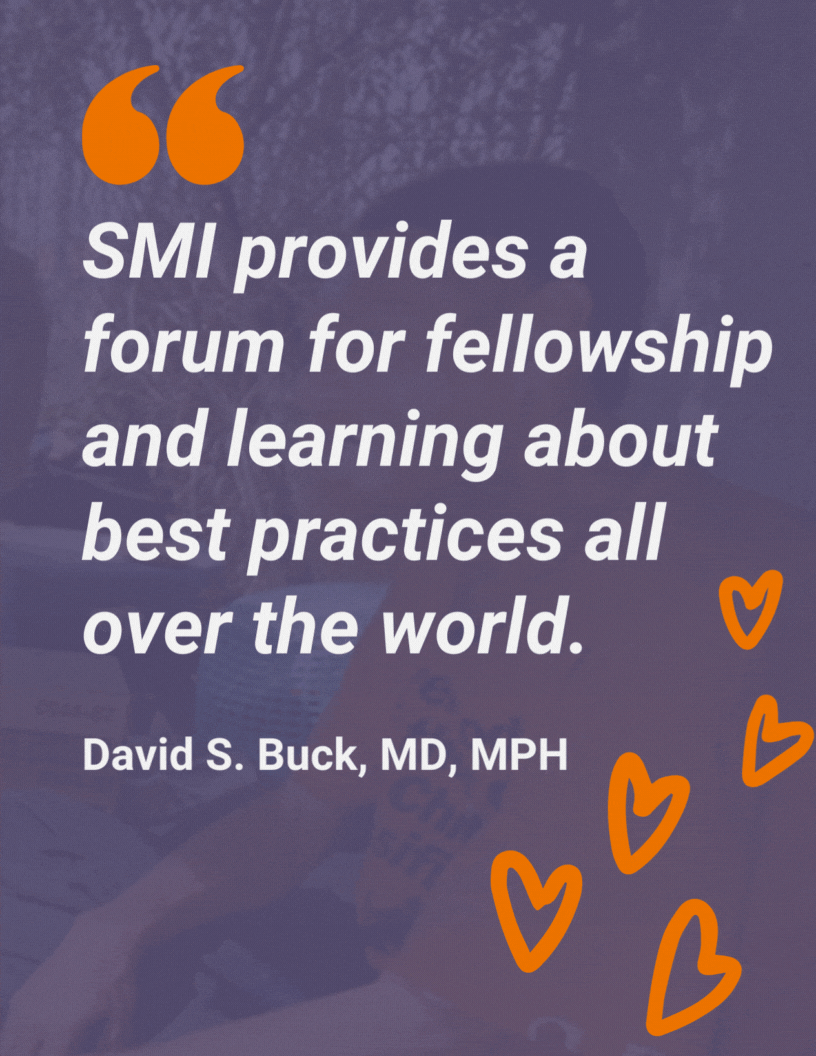Letters From the Founder
Jim Withers' Story
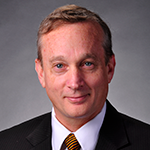
Dr. Jim Withers is the Founder of the Street Medicine Institute. The Institute evolved as an off-shoot of his groundbreaking work with Pittsburgh Mercy's Operation Safety Net, the street medicine program he established and continues to work with in Pittsburgh, PA. Dr. Withers describes his experience with street medicine in his Ted Talk here.
July 2024- Street Medicine is Alive
We’ve all been through a lot in the last few years! Especially those on the streets for whom we seek to care. Homelessness is a chronic disaster, but it seems like the challenges are getting more and more difficult. COVID forced us to create new methods of managing an epidemic, providing care, filling new gaps, and coordinating with other groups. One could argue that the ‘stress test’ made us stronger, but in many ways, it made things worse. Supply chains are backed up – especially for street medicine programs struggling to recover. Like our sisters and brothers on the streets, we keep adapting and fighting. We are committed to the struggle because we love and respect those for whom we fight. Now climate change is disproportionately affecting those experiencing unsheltered homelessness with lethal record heat, storms, and flooding. More people are entering the rough sleeping population as they flee areas where life is unsustainable. Always in the background, the gap in wealth (reflected especially in the lack of affordable housing) grows and grows. Political forces manipulate fears by labeling those who suffer as dangerous rather than as the greatest victims. Street medicine leaders in India have suffered selective persecution and closure from an ever more nationalistic government. The recent US Supreme Court ruling in Grant’s Pass Oregon further criminalized not having a place to sleep. Just when we thought things couldn’t get worse, new synthetic drugs like fentanyl and xylazine have flooded the streets and are killing people faster than we have ever seen. Diseases of despair have taken center stage.
Despite all these discouraging forces, the street medicine movement continues to grow. Indeed, it is stronger than ever. Street medicine programs have been emerging throughout the world at an increasing rate, especially in the United States. The very term “street medicine” is recognized in healthcare and beyond thanks to all of you devoting yourselves to those we serve. There are over 150 programs within the United States, 50 of which are in California. Every continent has street medicine programs. At the 2023 International Street Medicine Symposium in London, 15 countries were represented. Student leadership continues to expand both in quantity and quality, including online learning resources, advocacy projects and research. There are now two street medicine fellowships (Pittsburgh and Fort Worth) and at least two in development (Detroit and Denver). On the political front, street medicine leaders have increased their voice in the media, through research and legislative partnerships. In October 2023, the Centers for Medicare and Medicaid finally agreed to allow billing for medical care in the streets. This acknowledged the right of rough sleepers to have care grounded in their reality. One of the most encouraging signs of street medicine strength is the emergence of regional alliances. California, Texas, Michigan, and Connecticut now all have their own annual street medicine symposia! Together, we are creating a new field of medicine.
Why is the field of street medicine gaining momentum despite the challenges we face? I believe street medicine is alive. The roots of our work are embedded deeply in the streets and from the people there we receive our inspiration, our understanding, and our purpose. The theologian John Scott says there are three things essential to give meaning to any work. Significance, Community and Transcendence. It would be hard to find work that gives these more that street medicine. So many of my students exclaim to me about their experience, “It’s so real!” I believe we are hungering for what is real in a world dominated by neoliberal, system-centered, dehumanizing structures. At its’ best, street medicine liberates us to respond in the purest form to those we serve. When we find that “sacred space” in solidarity with those who have been excluded, we drink from a pool that nourishes our souls. Over time, we learn to listen and work with our sisters and brothers to repair the torn fabric of community. To some degree, we are able to return power to those who have had it taken from them. There is much to do and enormous unsolved problems, but we are on the right path. Other clinicians trapped within the towers and silos of the system are beginning to witness our work, our spirit, and our joy. They see despite the daunting odds; we are having more fun. They are curious. They are challenged. They see another possible reality and become aware of being embedded in the reality of a dehumanizing system. We must help them to find ways to transform the larger health system.
We are blessed to have taken the path of street medicine and very blessed for the love and acceptance of those we serve. The miracle of all this to me is that, not long ago, there was no such thing as street medicine. We continue to create and discover what it can be. The unique power of the street medicine vision is that it is radically committed to the reality of those who have been excluded. Every piece of equipment, every protocol and every principle is accountable to those experiencing unsheltered homelessness. We never forget who suffers. We are more than an industry. Our work is an act of resistance to the forces that dehumanize and oppress. That work is hard, but it is incredible rewarding. It is worth it.
You are not crazy. You are not alone. Celebrate the good fight.
Dave Deci Reflections
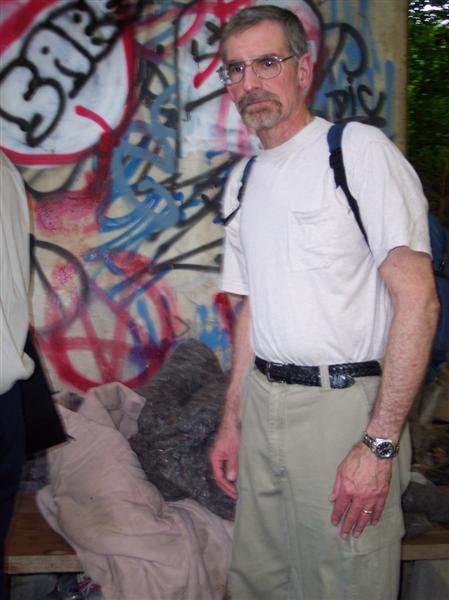 As I think about my friend Dr. David Deci, two cords of memory weave themselves through my mind. Both are strong and reflect the loving nature of my dear friend. The first is the timeline of actual events I recall from the period our lives overlapped. In the late 1990’s, I was asked by one of his medical students in Morgantown, WV to come from Pittsburgh to give one of my early lectures on street medicine. After the lecture, a young Dr. Deci approached me to say he and some of his students would like to visit and make street rounds with my program. Not long afterward, he informed me they had established an interdisciplinary street medicine program called the MUSHROOM program. I remember marveling how fast they had created such a collaborative, integrated street medicine program in a health sciences university. Dr. Deci’s leadership was key and the beginning of his role as the preeminent mentor for student-initiated street medicine programs throughout the US. When we held our first International Street Medicine Symposium in 2005, Dr. Deci was one of the key presenters and remained a key organizer in the annual meetings. When we established the Street Medicine Institute in 2009, Dr. Deci was a founding board member. Through all the challenging years of the Street Medicine Institute, Dr. Deci guided us with his wisdom, hard work, and deep sense of mission. Whether reviewing proposals, budgets or assembling symposium folders late into the night, Dr. Deci was always willing to do the hard work that was needed. Much of what is best about our organization and our global movement was shaped by his humble, tireless dedication. The strong cord of service over time was a hallmark of Dr. Deci’s commitment to his sisters and brothers on the streets. As I think about my friend Dr. David Deci, two cords of memory weave themselves through my mind. Both are strong and reflect the loving nature of my dear friend. The first is the timeline of actual events I recall from the period our lives overlapped. In the late 1990’s, I was asked by one of his medical students in Morgantown, WV to come from Pittsburgh to give one of my early lectures on street medicine. After the lecture, a young Dr. Deci approached me to say he and some of his students would like to visit and make street rounds with my program. Not long afterward, he informed me they had established an interdisciplinary street medicine program called the MUSHROOM program. I remember marveling how fast they had created such a collaborative, integrated street medicine program in a health sciences university. Dr. Deci’s leadership was key and the beginning of his role as the preeminent mentor for student-initiated street medicine programs throughout the US. When we held our first International Street Medicine Symposium in 2005, Dr. Deci was one of the key presenters and remained a key organizer in the annual meetings. When we established the Street Medicine Institute in 2009, Dr. Deci was a founding board member. Through all the challenging years of the Street Medicine Institute, Dr. Deci guided us with his wisdom, hard work, and deep sense of mission. Whether reviewing proposals, budgets or assembling symposium folders late into the night, Dr. Deci was always willing to do the hard work that was needed. Much of what is best about our organization and our global movement was shaped by his humble, tireless dedication. The strong cord of service over time was a hallmark of Dr. Deci’s commitment to his sisters and brothers on the streets.
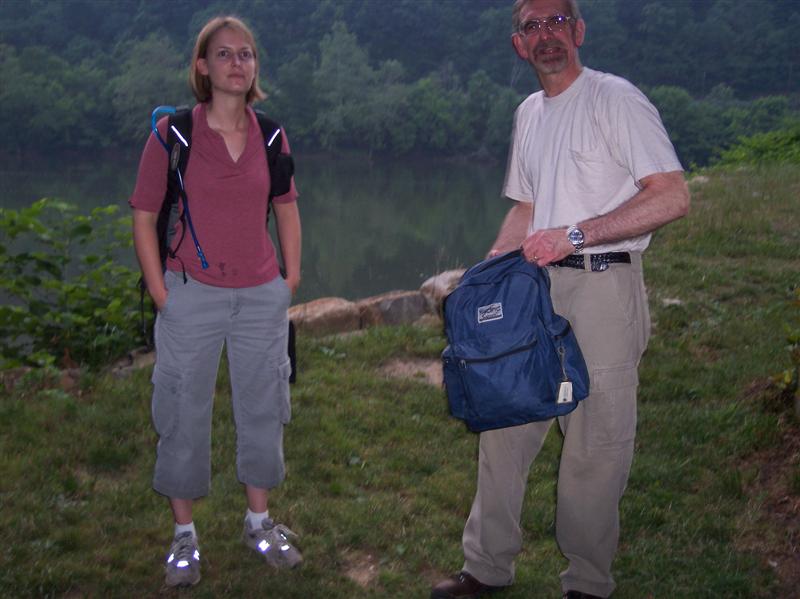 The second cord that emerges when I think about Dr. Deci is the cord of his character. I first gained a sense of his depth when he would write his reflections after street rounds in Morgantown and email them to many of us. He would always find deep meaning in each experience, revealing the beauty of those he treated, the wisdom of those he served, the joy of working with his students, or just his deep gratitude for the path he had chosen. I saw this same spirit when he listened to others. He would be fully present to them and the joy he felt would shine from his face. Dr. Deci would frequently remind us all of the true mission of our work, always with gentleness and love. He became to me, the conscience of our organization. His love was most apparent when he was mentoring student groups. Clearly he cherished the role of teaching and guiding students. My last memory of Dr. Deci was a zoom call with the Street Medicine Institute Student Coalition leadership group. Despite retirement, he continued showering his wisdom, love and affirmation on those who would go on to humanize the field of medicine. The second cord that emerges when I think about Dr. Deci is the cord of his character. I first gained a sense of his depth when he would write his reflections after street rounds in Morgantown and email them to many of us. He would always find deep meaning in each experience, revealing the beauty of those he treated, the wisdom of those he served, the joy of working with his students, or just his deep gratitude for the path he had chosen. I saw this same spirit when he listened to others. He would be fully present to them and the joy he felt would shine from his face. Dr. Deci would frequently remind us all of the true mission of our work, always with gentleness and love. He became to me, the conscience of our organization. His love was most apparent when he was mentoring student groups. Clearly he cherished the role of teaching and guiding students. My last memory of Dr. Deci was a zoom call with the Street Medicine Institute Student Coalition leadership group. Despite retirement, he continued showering his wisdom, love and affirmation on those who would go on to humanize the field of medicine.
I miss my friend. But I am left with profound gratitude for having him in my life. I have never known a finer human being. I know he would want us all to continue serving those whom society has excluded. May we do so with the spirit of love and selflessness he embodied.
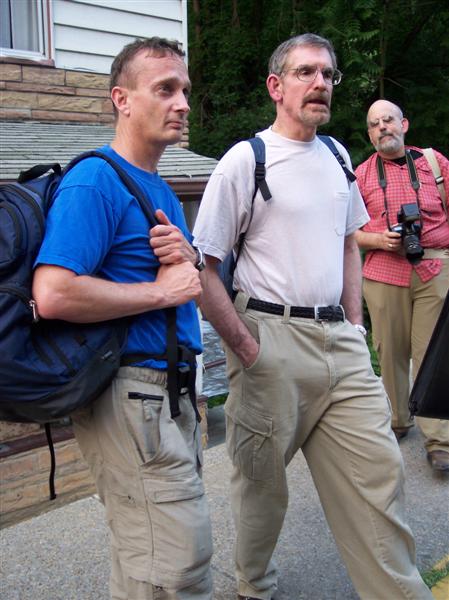 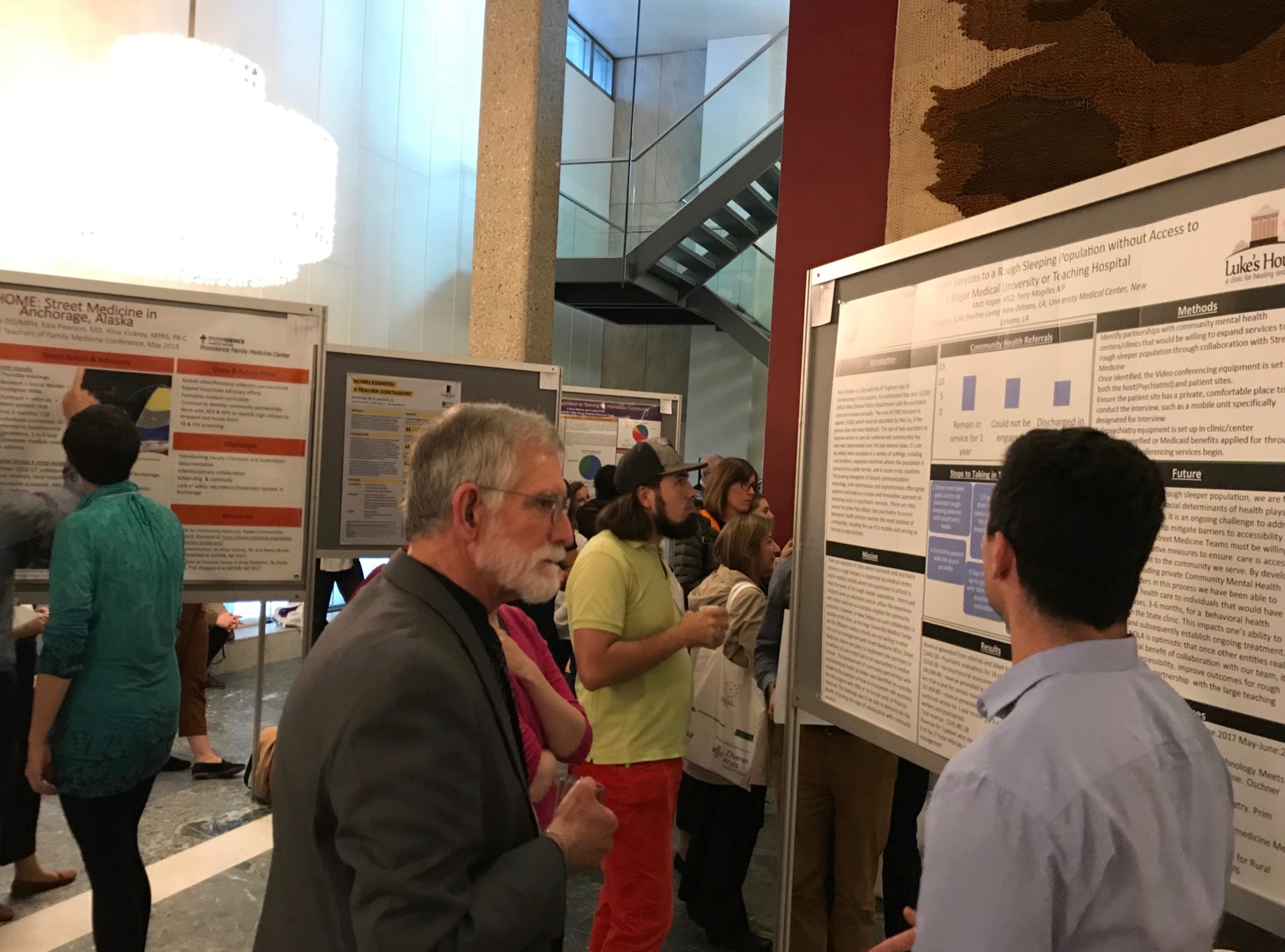 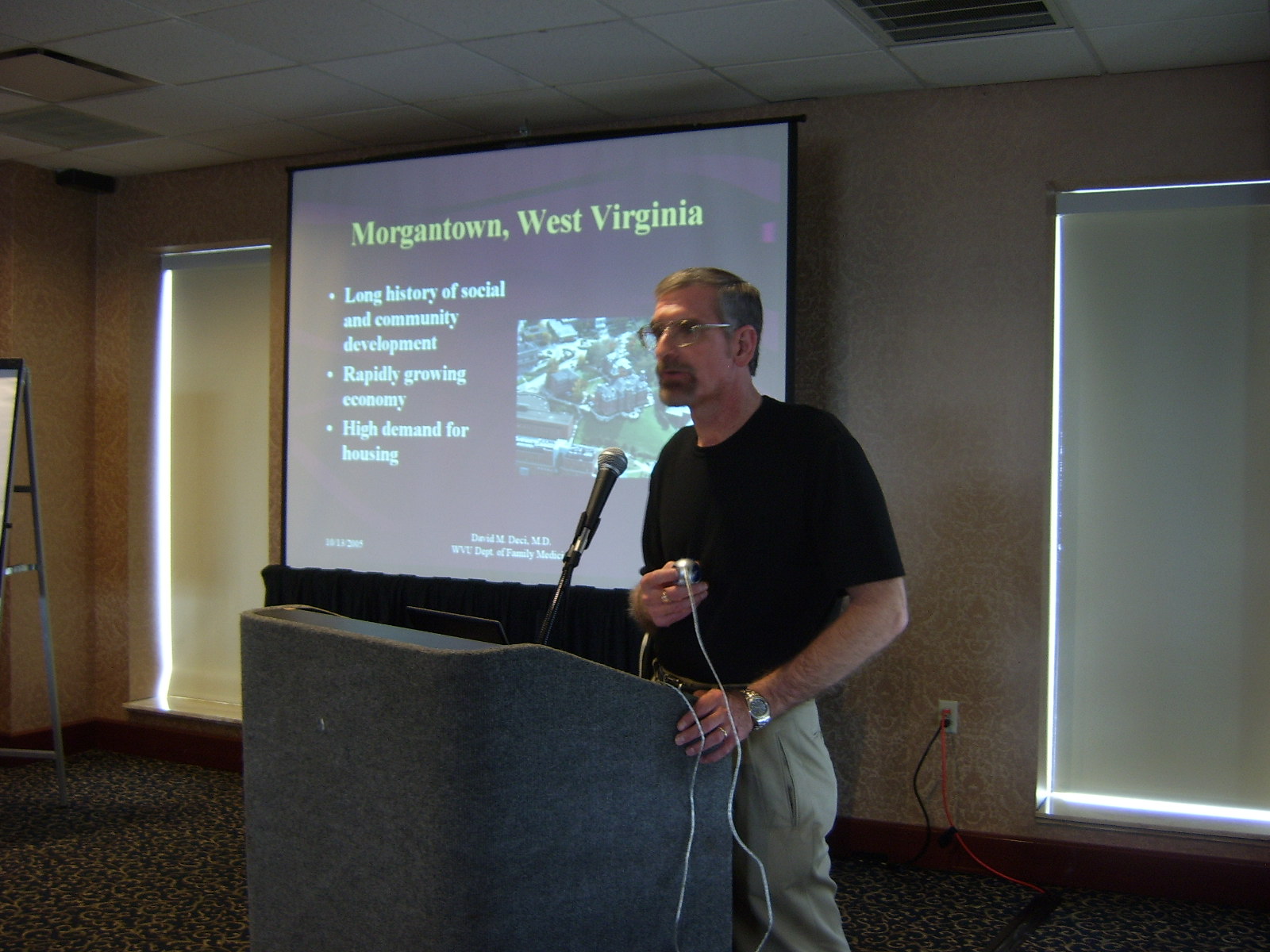
March 2023 - Retreat Reflections
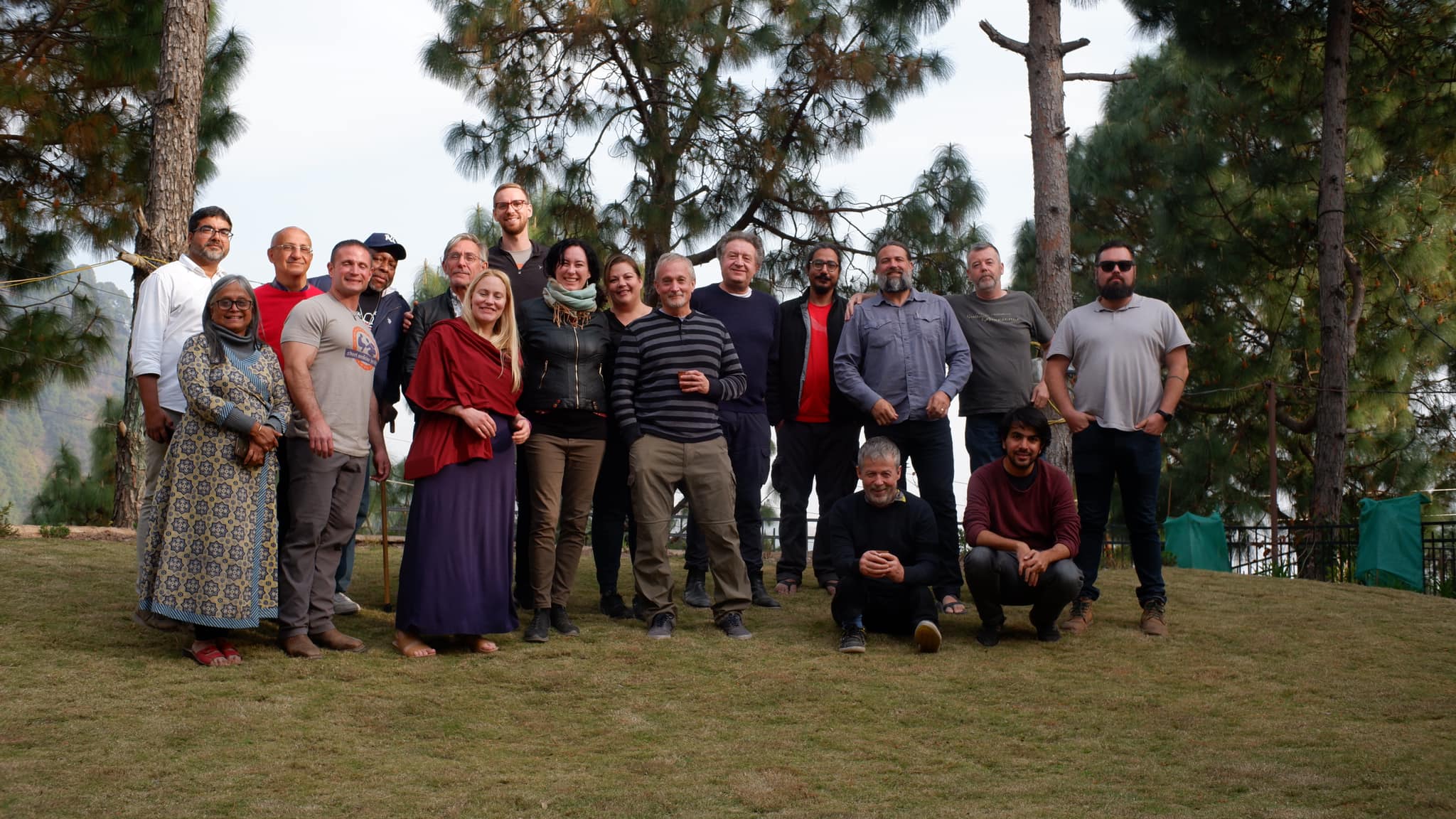 Finally, here I am at a reflective retreat of street medicine practitioners, human rights activists, and people with lived experience from all over the world. I wish you all could have been here. Know that you were there in spirit and in our hearts. I’ve never been to a place like this. Not just for the beauty of sitting high on the spur of a mountain, gorgeous tree-covered ravines dropping down to either side, listening to the whispering of the Himalayan wind spirits passing through majestic pines, but also for the sacred gathering of such an extraordinary group of people. I’ve had a deep longing for several decades for such a retreat. In the past 30 years, our street medicine movement has grown organically. Pioneers throughout the world saw the unmet medical needs of those living on their streets and responded by going directly to them. Finally, here I am at a reflective retreat of street medicine practitioners, human rights activists, and people with lived experience from all over the world. I wish you all could have been here. Know that you were there in spirit and in our hearts. I’ve never been to a place like this. Not just for the beauty of sitting high on the spur of a mountain, gorgeous tree-covered ravines dropping down to either side, listening to the whispering of the Himalayan wind spirits passing through majestic pines, but also for the sacred gathering of such an extraordinary group of people. I’ve had a deep longing for several decades for such a retreat. In the past 30 years, our street medicine movement has grown organically. Pioneers throughout the world saw the unmet medical needs of those living on their streets and responded by going directly to them.
Back in those early days, most of us didn’t know others who were doing the same. But the lessons we learned led us to similar solutions despite our isolation. Gradually, we began to connect. The annual International Street Medicine Symposium allowed us to gather to share those lessons and gain the mutual support we needed. Those meetings have become the heartbeat of our movement. There are now programs on every continent that annually 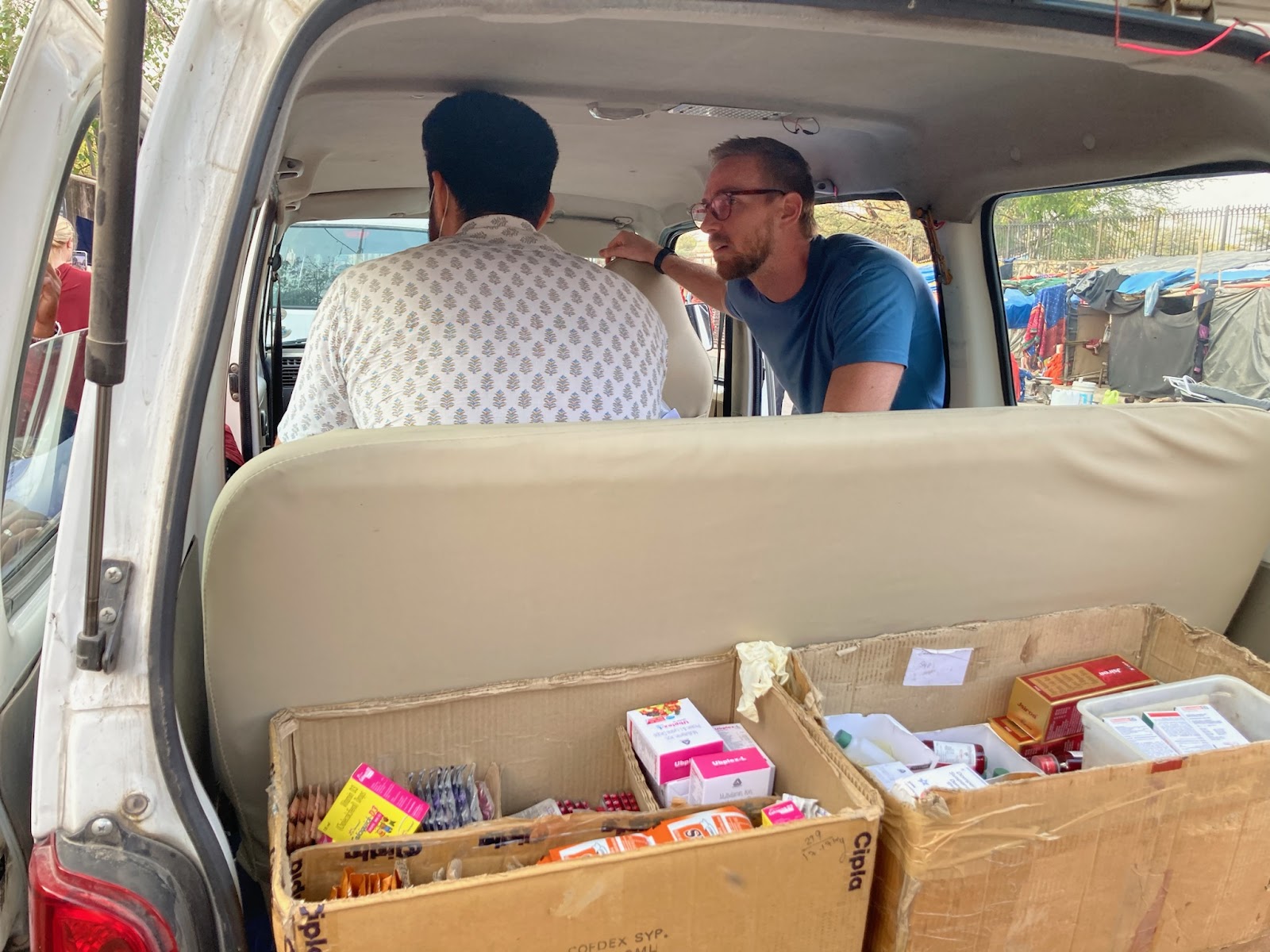 participate. We share our experiences, our research, lessons, and briefly, the joy of being with each other. But I always felt something was missing. participate. We share our experiences, our research, lessons, and briefly, the joy of being with each other. But I always felt something was missing.
The vision of the Street Medicine Institute is that every person sleeping on the street throughout the world will have street medicine teams go to them to provide healthcare and support. It is a powerful vision, and it is slowly being realized. Our movement, though rooted in deep values, has, for the most part, been focused on the technical aspects of healthcare delivery to those experiencing unsheltered homelessness. We never seem to get the time to talk about those deep values and the implications our work has for social transformation. Years ago, Jeff Olivet challenged us during his keynote address to connect with advocacy groups to enhance our impact. Later, Harsh Mander urged us to look deeply at the social justice issues we witness, and most recently, Kaitlin Schwan encouraged us to transform our street medicine movement into a rights-based movement. I found myself cheering from the back row of the auditorium as she spoke my deepest convictions.
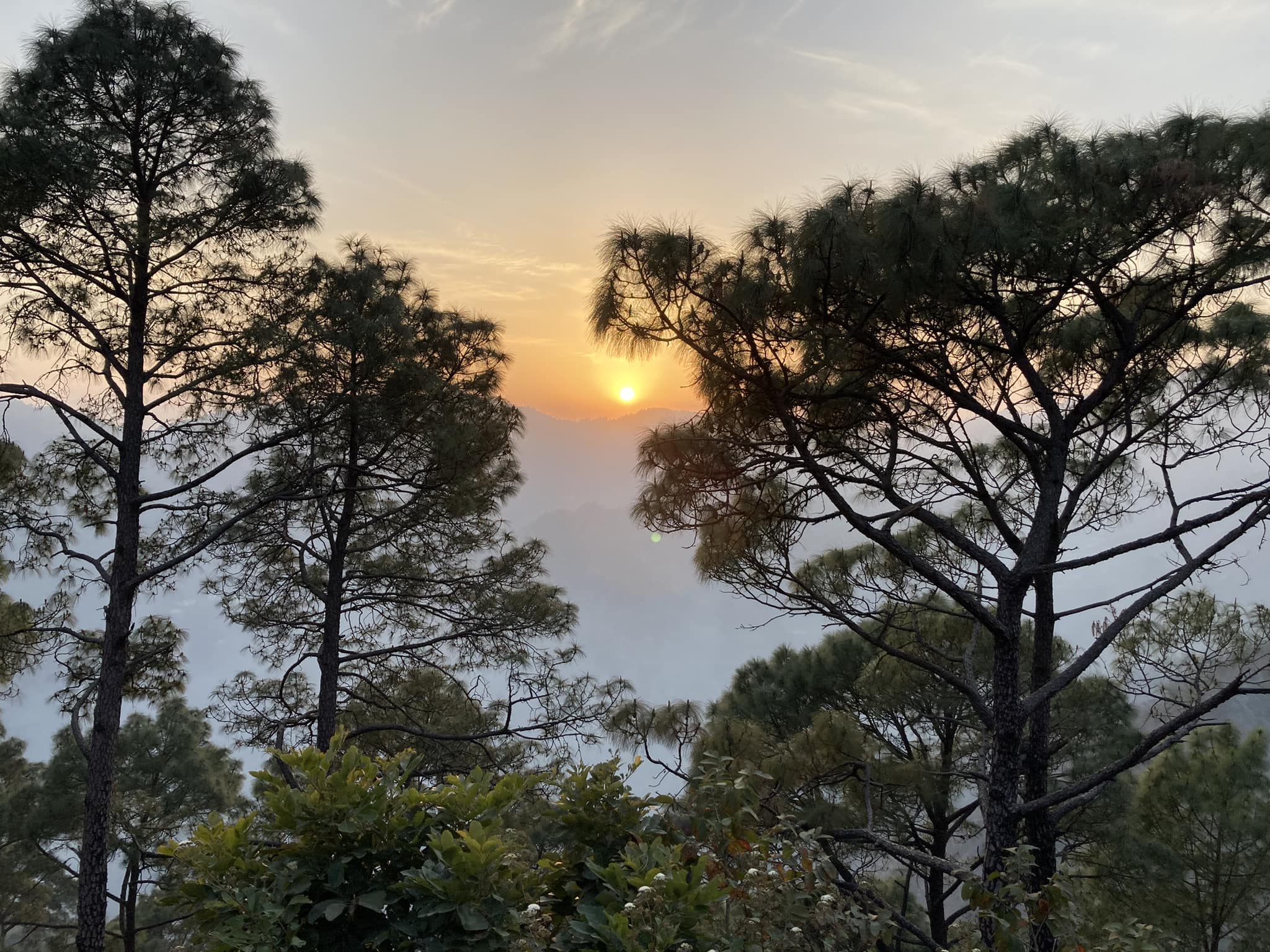 The timing of Kaitlin’s keynote address (at ISMS 18 in Toronto) perfectly fit a plan that some of us were already putting together for a retreat. Brett Feldman and I had been developing a longstanding dream I had for a retreat to reflect more deeply on the values of street medicine. Brett had begun lecturing on this with a series of outstanding lectures about street medicine values. When Harsh Mander coincidentally contacted me in early 2022, suggesting an “elder retreat” to talk about human rights in the context of street medicine, the stage was set. Immediately after her keynote address, I asked Kaitlin to join us, and she agreed without hesitation. The timing of Kaitlin’s keynote address (at ISMS 18 in Toronto) perfectly fit a plan that some of us were already putting together for a retreat. Brett Feldman and I had been developing a longstanding dream I had for a retreat to reflect more deeply on the values of street medicine. Brett had begun lecturing on this with a series of outstanding lectures about street medicine values. When Harsh Mander coincidentally contacted me in early 2022, suggesting an “elder retreat” to talk about human rights in the context of street medicine, the stage was set. Immediately after her keynote address, I asked Kaitlin to join us, and she agreed without hesitation.
Harsh was insistent that our meeting should be “in the global south.” I agreed with him and asked if a group of us could come to Delhi. After some thought, he agreed and suggested using a complex of cabins located in the foothills of the Himalayan Mountains. Perfect! I began to ask leaders within the street medicine movement if they would like to join. Kaitlin helped set up planning meetings, and soon we decided to shoot for the end of February 2023. It didn’t take long to agree that the focus should be on human rights. One thing that the group insisted upon was representation from every continent and, if possible, people with lived experience. I am happy to say we succeeded, with the exception that our former keynote speaker from Peru was ultimately unable to join us. Also, sadly, Jim O’Connell had to cancel due to all the obligations surrounding the release of the Tracey Kidder book release.
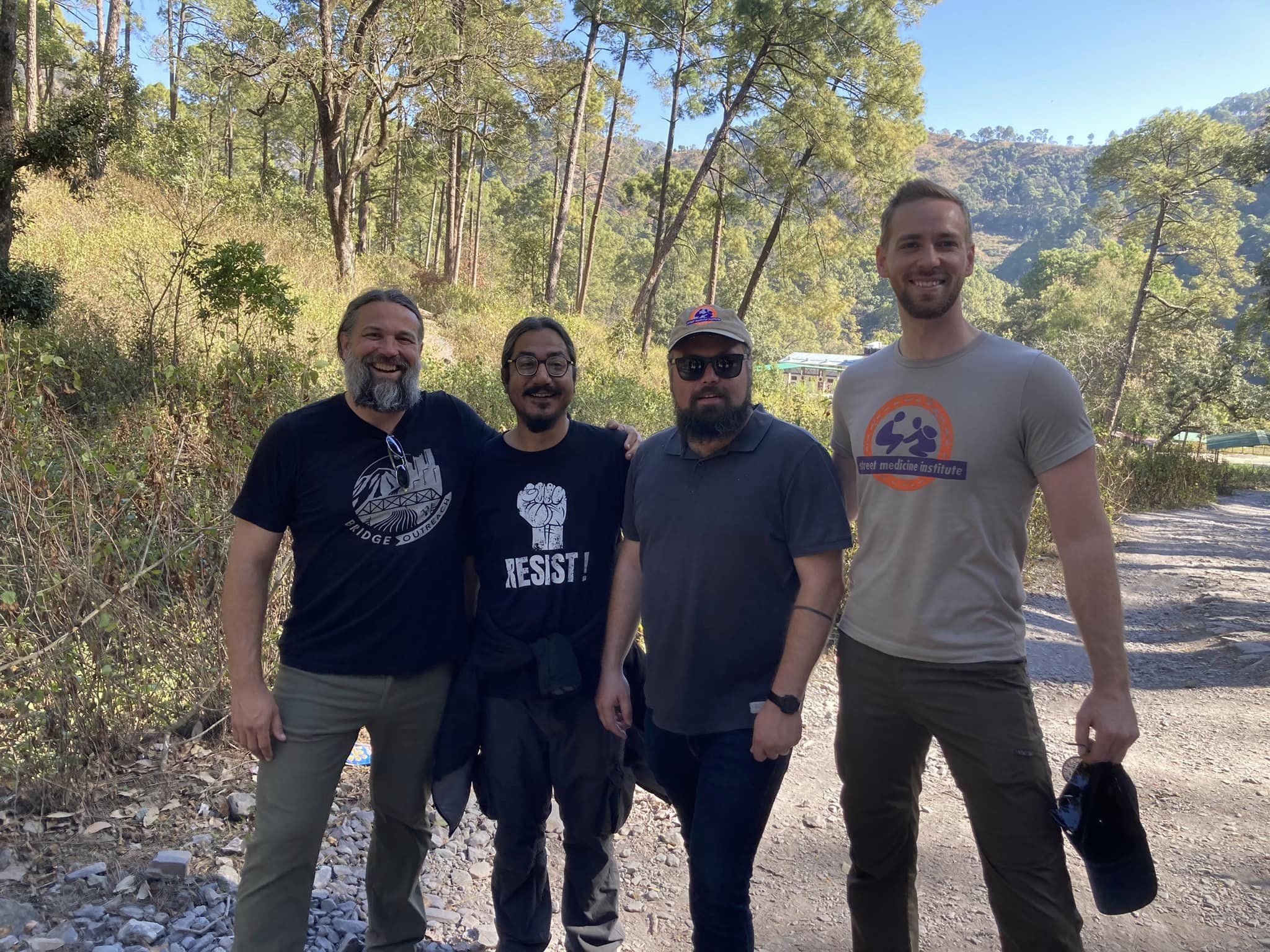 You can imagine the complexity of all the visas, plane tickets, train reservations, and housing issues. In the end, it all came together, and we met in Delhi on February 26th. Harsh and his staff gave us an incredible orientation to his work in India, and we were able to meet with his staff and those they serve at his programs. I was reminded of the challenges I had seen on earlier trips and moved by the responses of the visiting leaders. I was so grateful that two of my street medicine fellows, Denise Kohl and Eddy Egan, were able to join as part of their fellowship experience. The following day, we all assembled at the busy Delhi train station to travel north to the mountains. It was everything you would expect from a train trip in India. We transferred to about 4-5 vehicles for the final (exciting) climb high into the hills. You can imagine the complexity of all the visas, plane tickets, train reservations, and housing issues. In the end, it all came together, and we met in Delhi on February 26th. Harsh and his staff gave us an incredible orientation to his work in India, and we were able to meet with his staff and those they serve at his programs. I was reminded of the challenges I had seen on earlier trips and moved by the responses of the visiting leaders. I was so grateful that two of my street medicine fellows, Denise Kohl and Eddy Egan, were able to join as part of their fellowship experience. The following day, we all assembled at the busy Delhi train station to travel north to the mountains. It was everything you would expect from a train trip in India. We transferred to about 4-5 vehicles for the final (exciting) climb high into the hills.
Harsh and his team exceeded our wildest expectations. He had been able to reserve lodging located on a dramatic spur of the mountains. On each side, you could see deep into the valleys below. It was perfect for a sense of isolation and reflective peace. There were lovely exotic birds, and one of our group even caught sight of the local leopard. On a long walk to the valley floor, we passed through small, friendly villages. Guided by a young girl who was determined to one day become a human rights lawyer for women’s rights (everyone associated with Harsh is incredible), we hiked down to a lake. Denise was particularly thrilled with all the monkeys. Each morning we were up early for breakfast and Indian coffee. Harsh’s wife, Dimple, cooked and supervised our comfort for the whole week. We must have all gained weight!
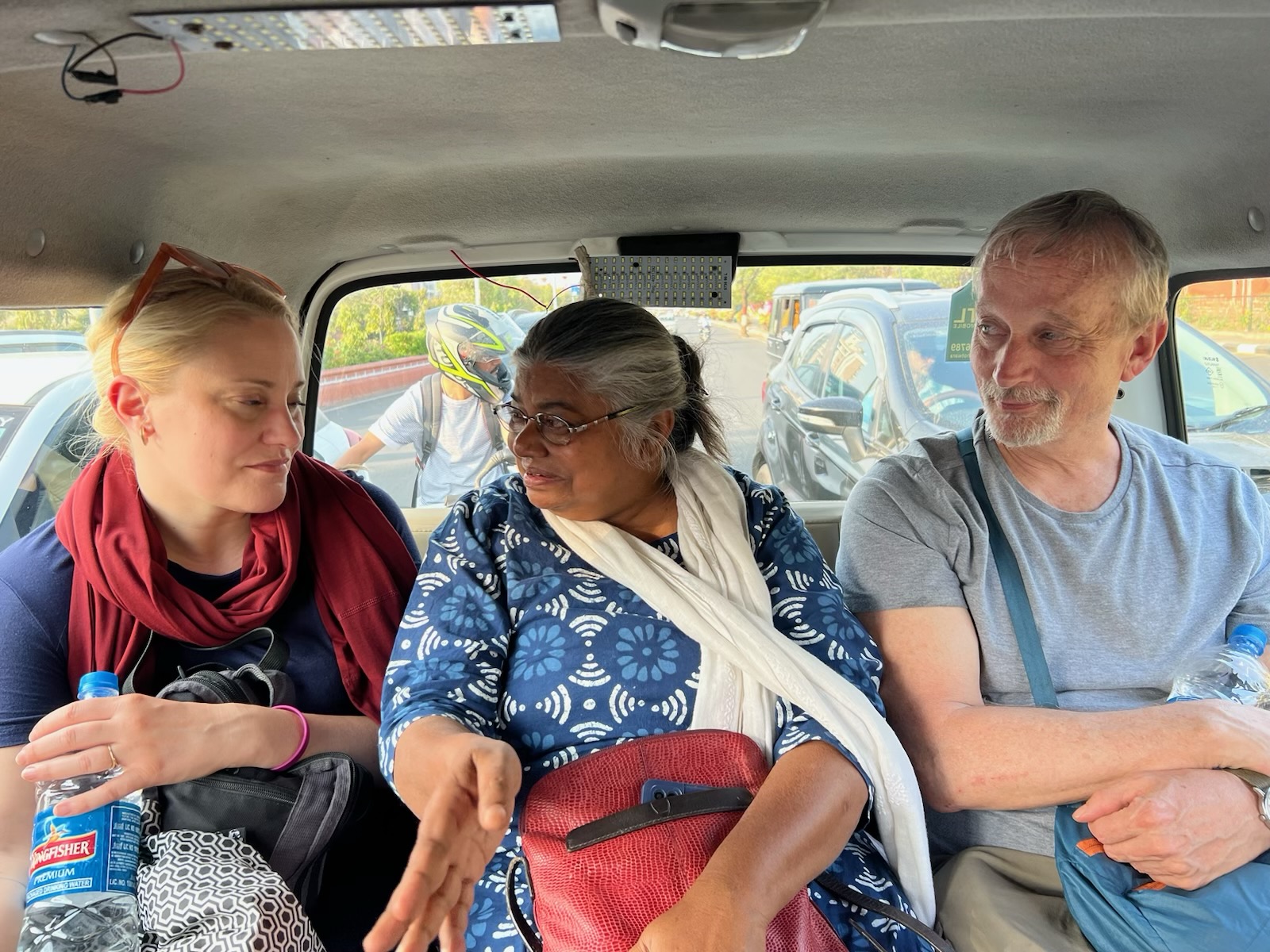 Every day we would sit in a circle to talk about a different aspect of our work. Corrinne Feldman deserves an award for her organizational leadership in keeping us focused and covering a wide array of areas. I was so happy with the way everyone felt safe and participated fully. The hours flew by each day (assisted by an endless flow of Indian coffee). We talked about the core values of our work, the importance of a rights-based approach and how that looks in practice, how to engage and be led by those we serve, how to communicate with the larger society, and many other topics. Thank goodness we recorded it all! It may take many weeks for us to process and write up, but our thoughts will be summarized and available through the Street Medicine Institute and other groups. Every day we would sit in a circle to talk about a different aspect of our work. Corrinne Feldman deserves an award for her organizational leadership in keeping us focused and covering a wide array of areas. I was so happy with the way everyone felt safe and participated fully. The hours flew by each day (assisted by an endless flow of Indian coffee). We talked about the core values of our work, the importance of a rights-based approach and how that looks in practice, how to engage and be led by those we serve, how to communicate with the larger society, and many other topics. Thank goodness we recorded it all! It may take many weeks for us to process and write up, but our thoughts will be summarized and available through the Street Medicine Institute and other groups.
Too soon, the week of reflection was over. Some of the group hurried home, and others traveled to cities in India or nearby Nepal. With my two fellows and Joel Hunt, I went to Jaipur, where one of Harsh’s affiliated programs treated us to street rounds and tours of their recovery homes. We took another day to tour the city. As luck would have it, we caught the beginning of the Holi festival and packed an incredible amount of tourism into two hectic days. I finally got to ride a camel, we were dragged into a Holi celebration, and pursued a fascinating hunt in the alleys of Jaipur to buy a sitar for Denise. We bonded with our driver, Ganesh, who went far beyond our dreams to make our experience fantastic. My heart was heavy as I said goodbye to everyone and finally, once again, said goodbye to the country that has been such a large part of my life.
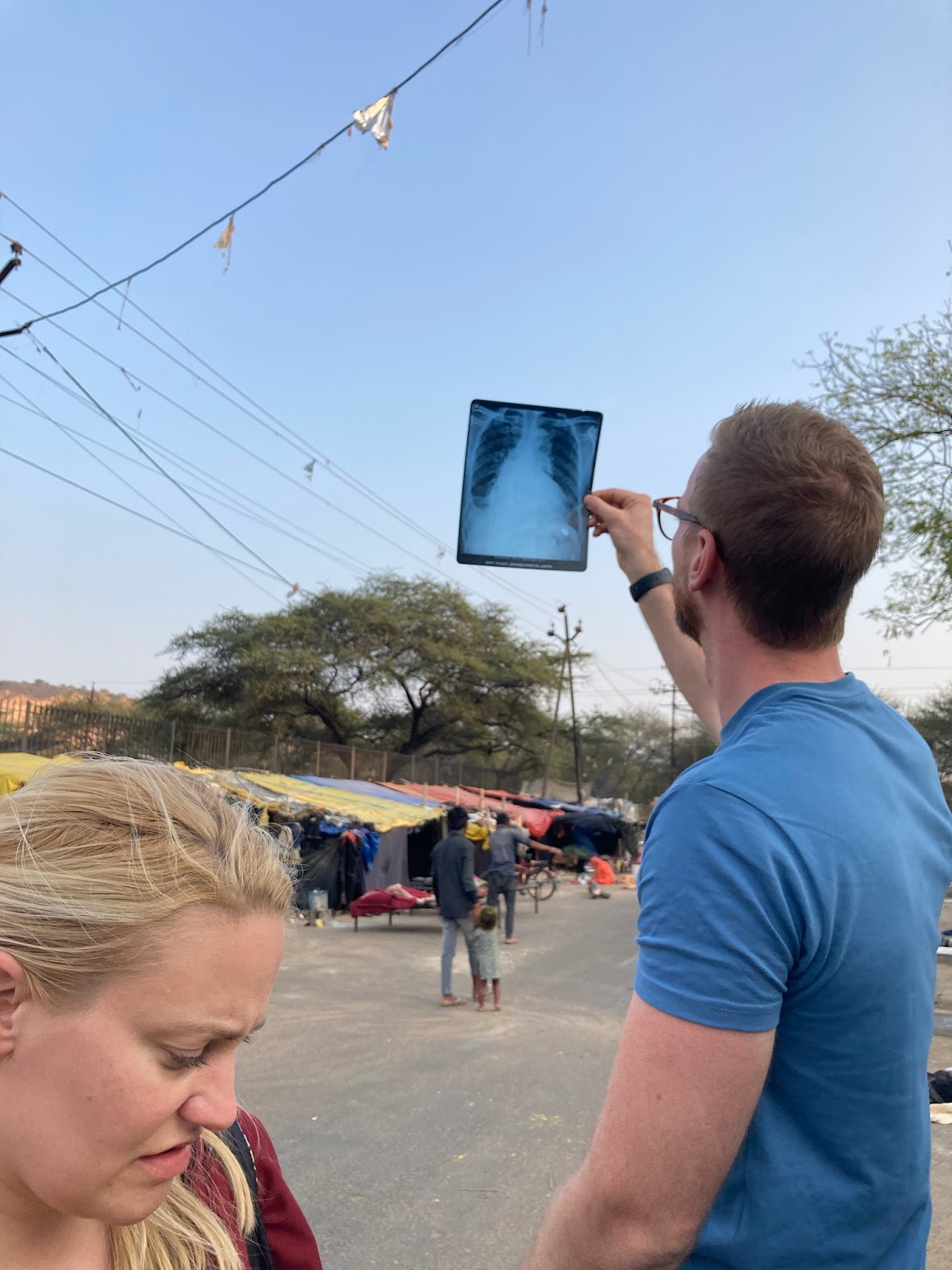 I was very happy with the retreat. It was not exactly what I had imagined all those years, but it took on an amazing life of its own, as such things do. I felt the group had an incredible amount of experience, and I learned things I never knew about long-time friends. I met amazing new people from around the world. Perhaps the most impressive part of the meeting was the input from those in India. Their stories of activism, imprisonment, love, and courage were humbling and very grounding for all of us. None more so than our dear friend Harsh who was on the shortlist last year for the Nobel Peace Prize. The real danger he and others face reminded us that there is a price for clearly pointing out our human rights violations and calling for change. The fact that he and his colleagues cherish their connection to our street medicine movement was profoundly moving. I was very happy with the retreat. It was not exactly what I had imagined all those years, but it took on an amazing life of its own, as such things do. I felt the group had an incredible amount of experience, and I learned things I never knew about long-time friends. I met amazing new people from around the world. Perhaps the most impressive part of the meeting was the input from those in India. Their stories of activism, imprisonment, love, and courage were humbling and very grounding for all of us. None more so than our dear friend Harsh who was on the shortlist last year for the Nobel Peace Prize. The real danger he and others face reminded us that there is a price for clearly pointing out our human rights violations and calling for change. The fact that he and his colleagues cherish their connection to our street medicine movement was profoundly moving.
As I had hoped, the cross-pollination of stories, values, and love was powerful. I believe it has laid the groundwork for further discussions and perhaps other such meetings. Just as we need reflective sessions for ourselves after street rounds, we need a reflective process for our movement. It can be a chance to process the meaning of this sacred work and understand the potential we have for social transformation. It was an incredible experience, but it was only a beginning. I know we are on the threshold of something even more amazing. Something greater than we have seen, grounded in the fierce courage required to articulate the injustice we witness and demand the social transformations required to fulfill our purpose.
It will require us to collectively look at our work not just for what we do but for who we are and need to become. We will need to expand our circle even more to intentionally embrace partners in sister movements, allied human rights organizations, government and non-profit organizations. Most importantly, we will need to find ways to weave a fabric of solidarity with those who have been excluded on our streets. Together, we must find the collective voice to speak their truth and systematically fight for justice.
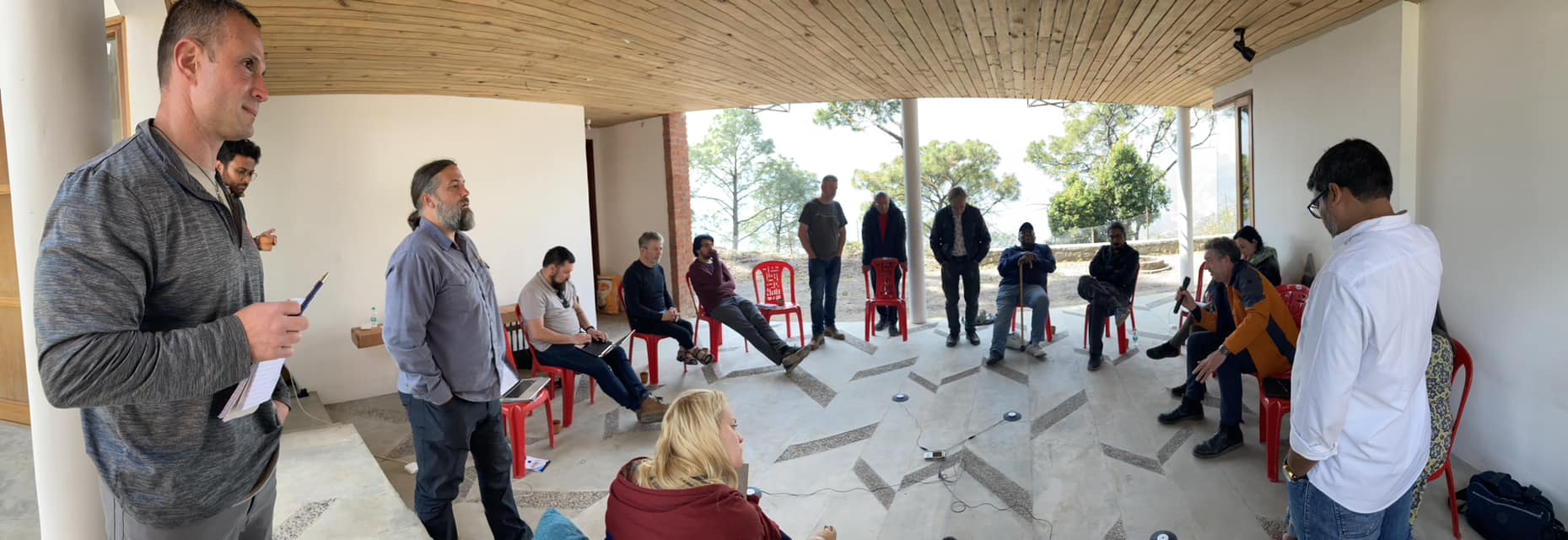
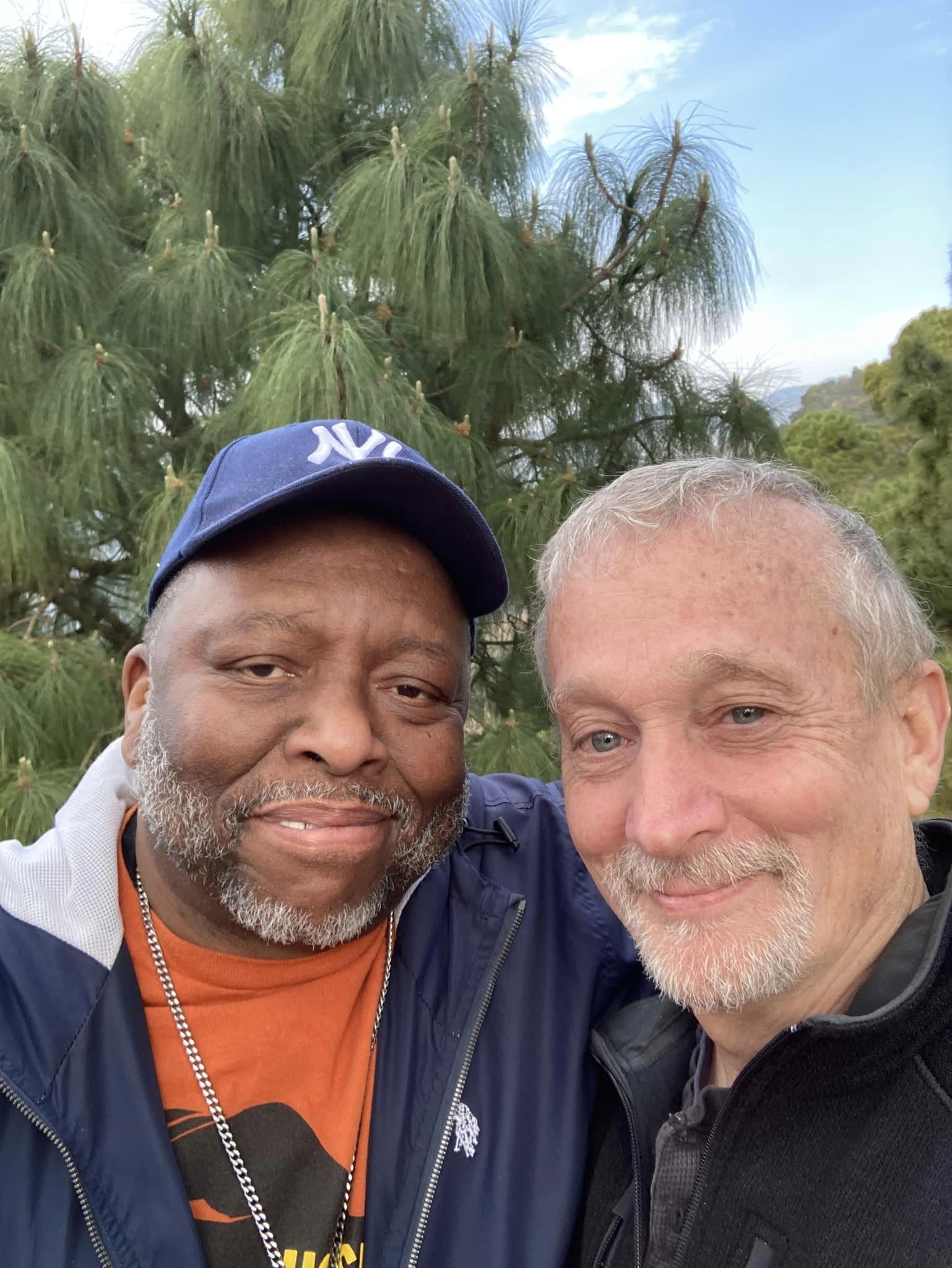 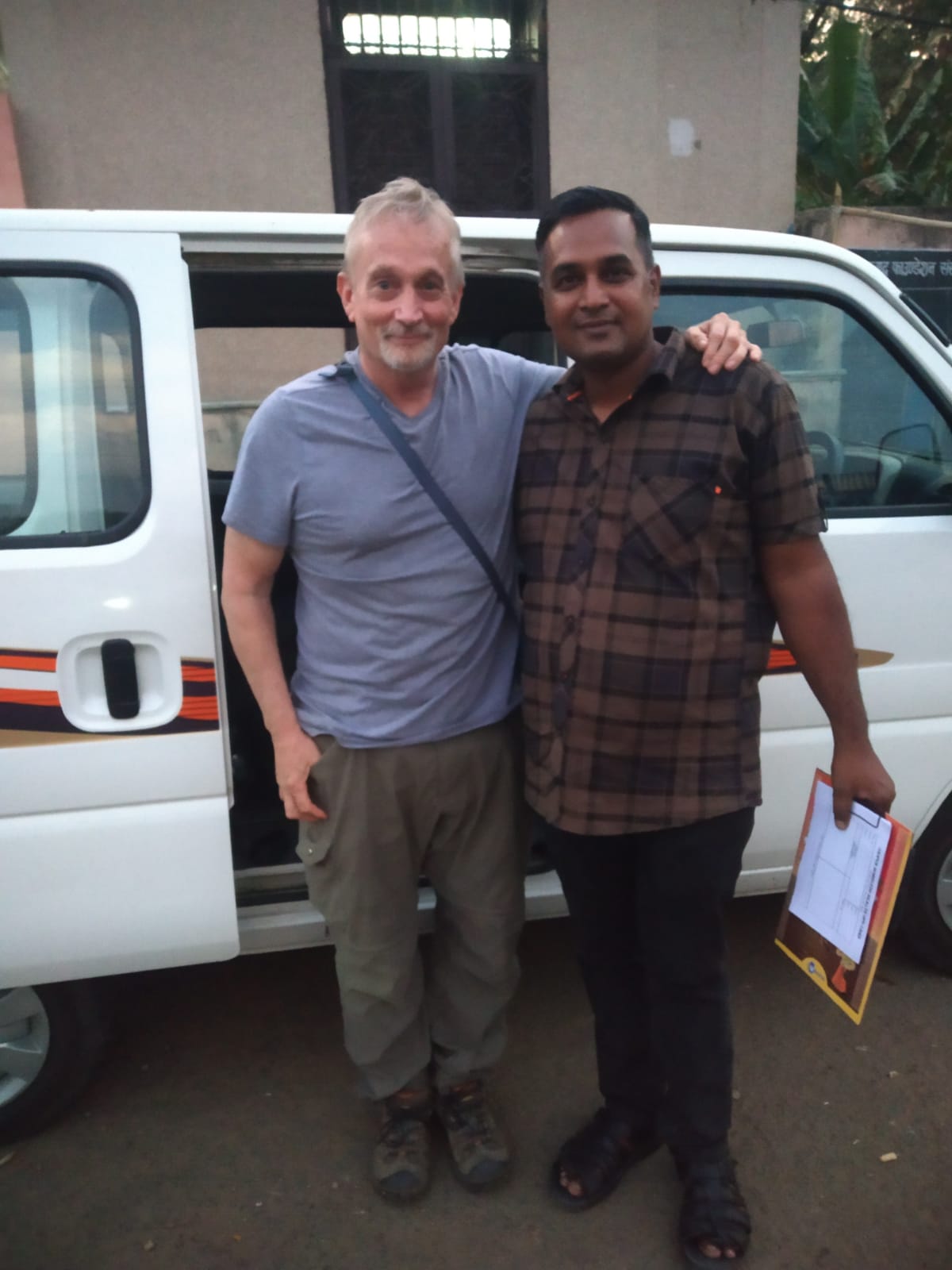 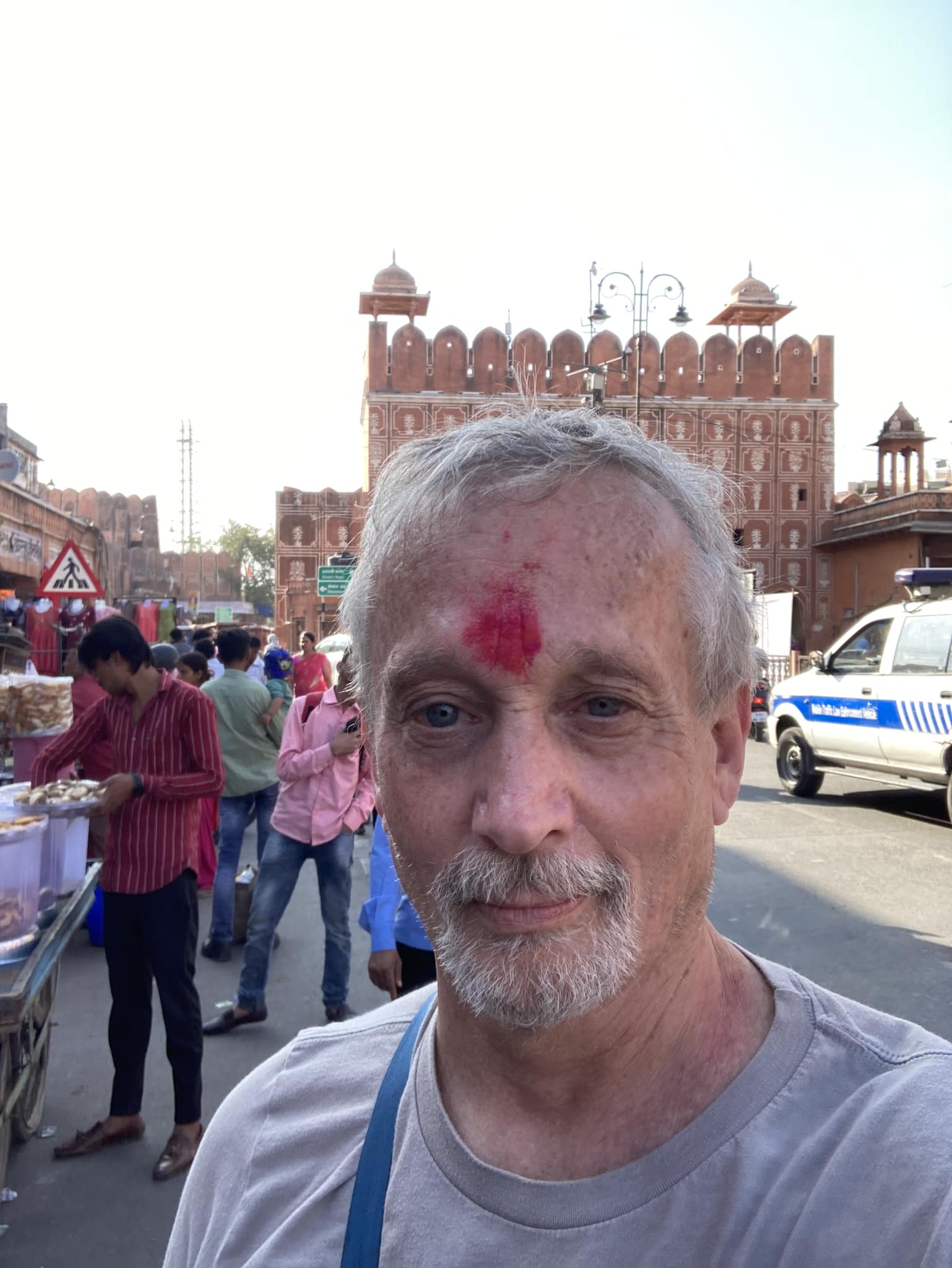
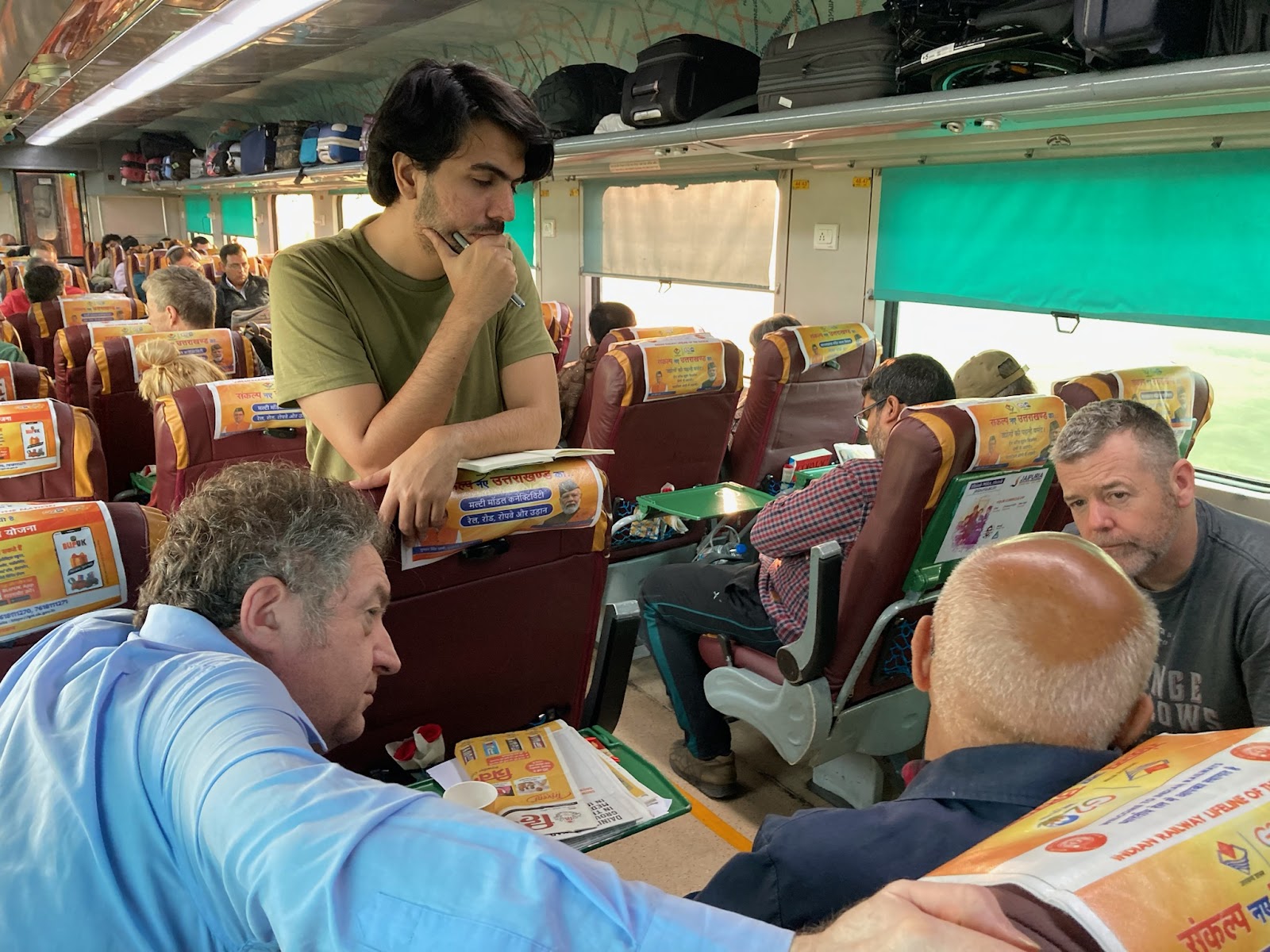 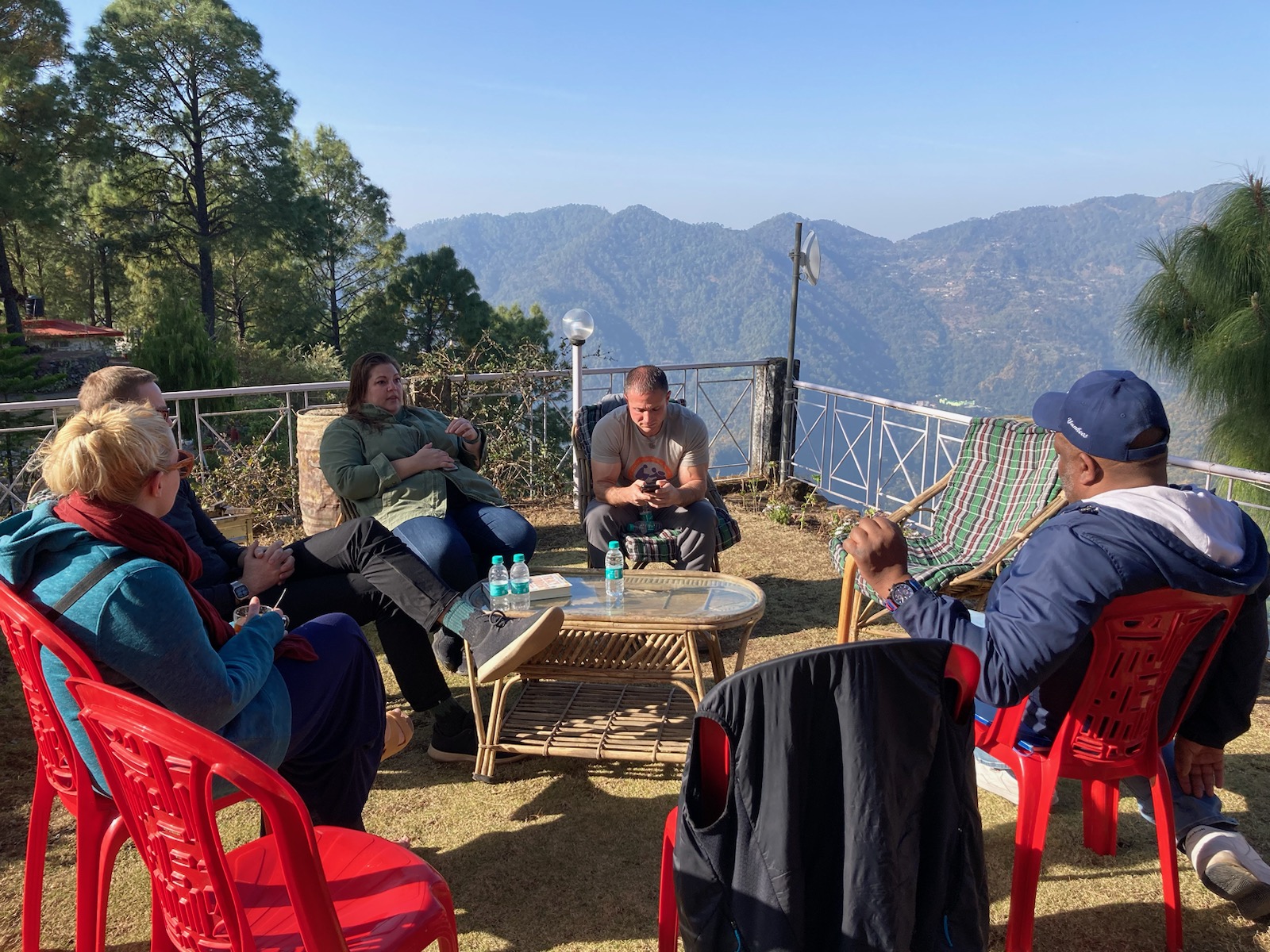
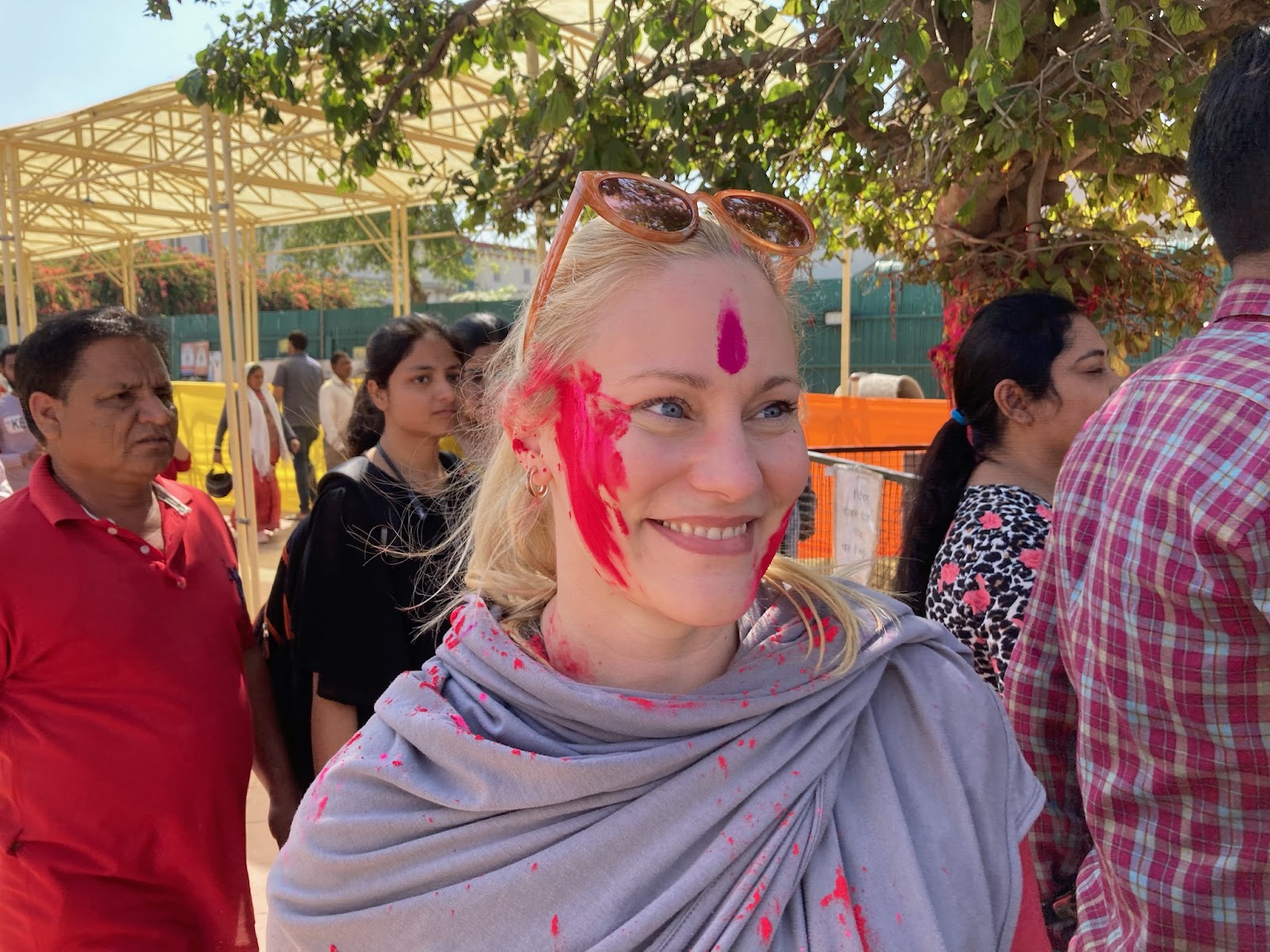 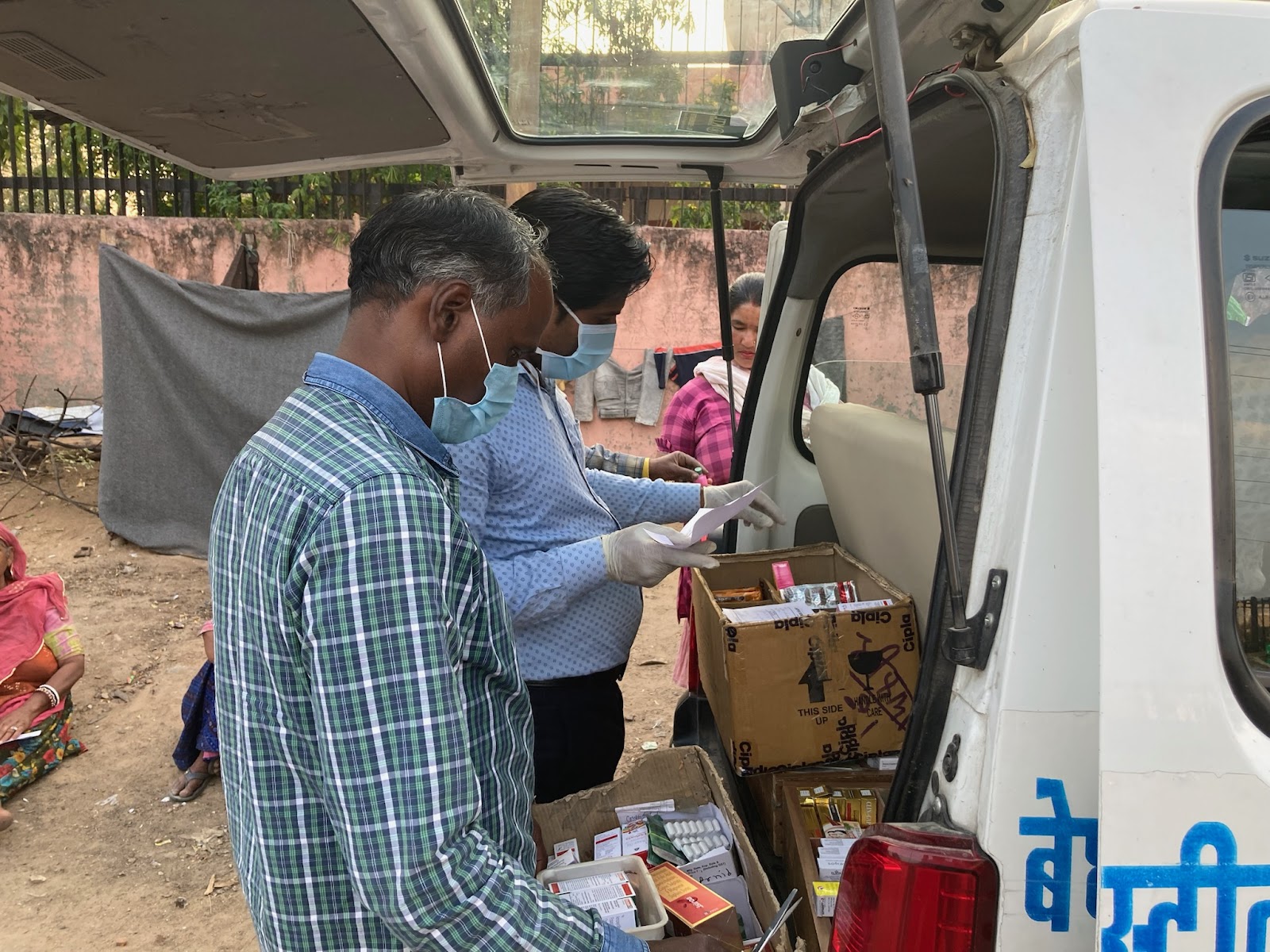
October 2022 - The Power of Connection
For those who were able to join us at the 18th International Street Medicine Symposium in Toronto, I’m sure you felt the amazing power of connection within our movement. We need that connection. When we choose to work with those who have been excluded, we make a choice to share some of that exclusion. The things we experience and the perspective we gain from the streets are impossible to appreciate from within the system of healthcare. Radically embedded within the reality of those experiencing street homelessness, we witness the structural violence and the inhumanity inflicted on our sisters and brothers. The hypocrisy and apathy from the housed community can be overwhelming. When we work to address the problems we see, we can experience what Dr. Perri has called “hate by proxy” from our healthcare colleagues. We are often left feeling very much alone in our own cities.
Ironically, as we lose our sense of connection with the mainstream medical world, we find a profound new connection with those living on the streets. We are humbled by their graciousness to allow us into their lives. We begin to be liberated from our mutual stereotypes and connect as human beings. This place of solidarity is a troubled, but sacred ground. As much as we agonize about those we see struggling and dying, we cherish the honesty of our connections. Our humanity is mutually affirmed and there is no turning back. This new reality is powerful but often lonely.
When I created the first International Street Medicine Symposium in Pittsburgh back in 2005, I had already traveled to many other communities to visit others who worked on the streets or to help new programs to be born. Every time I found my soul mates in service, we shared a fierce joy in knowing we were not alone. A grant opportunity allowed me to bring a small but mighty group together as much for mutual affirmation as to learn from each other. We knew we had witnessed the earliest heartbeats of a movement. Year by year, that heartbeat has grown stronger. With COVID, you could say we went on a virtual heart bypass, but the spirit remained strong. Toronto was a joyous opportunity to hug and laugh and listen and celebrate together.
So much of the street medicine story is about connection. Together with those on the streets and across the planet we are weaving a new community fabric based on love. We bring in our students, those with lived experience, representatives of excluded groups, and keep striving to expand our movement to embrace new areas like the global south. Inclusion and solidarity are fundamental to who we are. To connect in love and respect is an act of resistance. We hold ourselves and society accountable to the reality of our sisters and brothers, rather than retreating to judge from afar. We are compelled to take action, but the commitment we share to connect and commit ourselves to each other is what makes our vision of hope possible. Continue to seek out and connect with anyone who can create solutions. Connect with those who appear to be opposed to your work. Connect regionally to others who are creating street medicine programs and share your lessons. But most importantly, deepen your connection with those still living on your streets. Go To The People in love and hope and determination and respect. Connect.
July 11, 2022
A brief history of the International Street Medicine Symposium.
March 26, 2020
Even more than usual, I have been thinking of all of you and the people you serve. The arrival of COVID19 reminds us that we are all connected and that we must respond in ways acknowledging that reality. I’m sure most of you have been exceptionally busy these past few weeks. We have all been forced to create new protocols that balance the epidemiological imperative to isolate with the moral imperative to not neglect our brothers and sisters on the streets. For many of the challenges, we have found ways to adapt our practices in the streets while maintaining CDC standards of care. In our local communities we have worked in unprecedented coordination with government and non-profit agencies. The Street Medicine Institute has coordinated closely with the CDC and the National Healthcare for the Homeless leadership to develop guidelines for the care of the unsheltered homeless. I was very proud of the Street Medicine Institute board for creating a document for the delivery of care within four days at the beginning of the US epidemic. But as we know, there are other challenges that are much more difficult such as finding adequate protective equipment, testing materials and options for isolation and quarantine of our infected patients. These will be difficult times. But I have faith that we can do this.
We have often said that rough sleeping homelessness is a chronic disaster. I believe that insight has prepared those in the street medicine movement for this moment. On a daily basis we have had to work with limited resources and difficult access to mainstream medical services. We know how to find water and distribute it to our people in killing heat waves. We know how to create a winter shelter when the temperatures reach -20F. We know how to work with people who are mobile and focused on daily survival. If any group of healthcare professionals can adapt to this crisis, it is the incredible women and men who practice street medicine.
These are the times that reveal the sacred calling of healthcare. I recall as an intern when HIV was reaching epidemic proportions, but testing was not available. Many of the hospital personnel refused to draw blood or place IVs. Much of that work was left to we interns who were just learning those skills! I recall being both terrified and proud at the same time. What a sacred privilege to be there for those whom others were rejecting. Yes, there was risk, but this is what I had prepared myself for all my life. To be able to help others in times of crisis – especially those whom others forget – is the soul of healthcare. As with the early days of HIV, we must work to fight the stigmatization of our patients. Information and love are the treatment to combat the ignorance and fear that can kill as well as any virus.
We must not forget that our greatest asset in our work is the trust, wisdom and love of the people living on the streets. Let them know they are not forgotten. Teach them the public health precautions they need and work with others to provide them with portable sinks, toilets and water. Get the phone numbers of reliable camp leaders and call to check-in on a regular basis about the well-being of others. Work with community partners to make sure the gaps in service are addressed as well as possible. Find extra tents for isolation and ways that the people can protect themselves if there are no other options. Ask them how they are feeling and for their ideas on how to solve the problems they see on the streets. I believe these times, as difficult as they are, are also an opportunity to deepen the love and solidarity with the people. God Bless you all. Wash your hands.
December 2019
With the coming of winter, our work with the people living on the streets always takes on a different character. Not only do the dark and the cold take their toll on those experiencing homelessness, but we begin to tally up all those who have died on the streets. This year was especially difficult for the Pittsburgh community. It wasn’t just the fact that we lost more people than in previous years, but also that it seemed the people we lost just broke our hearts. Many of you remember Roberto, who gave the keynote address in Allentown. His presentation spoke to the struggles he overcame and the profound love he had for those still on the streets. We gave him a well-deserved standing ovation. Sadly, he succumbed to alcohol and lost his battle this past year. We lost a gifted artist who always advocated for the younger people on the streets. We lost a dear man who had paranoid thoughts but was a loyal friend to those in his camp. And we lost too many others.
Being medical people, we ask ourselves about the causes of death and the first culprit in most of our cities has become fentanyl. Never have I seen one drug kill so many people. But there is also violence, untreated medical conditions and suicide. What we know, however, is that these are all diseases of despair and exclusion. The streets are a death zone and the longer you are there, the more likely you are to die. The rough sleeping people are the ones who suffer the most, but all those who practice street medicine and outreach are also deeply affected. And so, every December 21st in the United States, we recognize our National Homeless Memorial Day. It is a time to declare that real, precious human beings are dying on our streets. It is a time to grieve, to remember, sometimes to laugh and to dedicate ourselves to preventing more tragedies in the future.
In Pittsburgh, we hold our memorial service at the homeless memorial wall. Back in 1996, I had reached a point where I could not walk the alleys and riverbanks without sensing the presence of those who had died in almost every part of our city. And as my sadness grew, it was obvious that very few people were aware of the horrendous reality of all those deaths. As far as I could see, Pittsburgh didn’t care if “those people” died. But every person was someone I had loved. It made me angry. As Harsh Mander would say, I felt outrage.
Following some media coverage, I received a letter and a check from the author, Sidney Sheldon. Immediately, I knew what I should do. My street partner Mike and I bought plaques for the people we had recently lost. At the top of each plaque, it said “We Remember”, the name of the person, and the year they died. Our plan was to drill them into the place where each person had died as a testament – and as a cry of outrage to the greater community. If it was next to city hall, so be it. If it was under an obscure bridge, so be it. (As it turned out, it is illegal to just put up plaques like that). So I went to the mayor’s office and he gave us permission to put them on a wall under a bridge at the end of Grant Street – the same street where city hall is located. It has become sacred ground for all of us on the streets. Above the now long rows of names is a larger plaque on which a nurse, Susan O’Toole, and I inscribed these words,
In Memory of those who lived and died on our streets
We believe you are no longer cold, hungry, lonely or frightened
May you watch over us from a warm, caring home above
It was to this wall we returned on December 21, 2019 with heavy hearts for the many losses of dear friends in the past year. I was secretly grateful that others had taken the initiative to organize the event and they did so beautifully. Before long, well over a hundred people picked up their candles and formed a semi-circle facing the wall. Behind them, a line of police officers respectfully joined us. A few came up to me and expressed their feelings of loss for the new names on the wall. I stepped off to the side and decided to just take in the feelings. I was tired and I was sad and I could feel the pain amongst the homeless people, the families and the outreach workers in the crowd. I didn’t feel like I had anything left to give. I wanted to cry not just for those who had died in Pittsburgh, but for all those dying on the streets throughout the world. Those moments are the ones I dread. When all the pain of all the years is suddenly just-right-there.
But in the crowd, I could see more than just faces of grief. I saw old volunteers like our nurse, Jan Boyd. I saw many of those still on the streets and many who had found housing. I saw selfless volunteers and staff from other agencies, and I saw people who just cared. There was a spirit of humble solidarity that was stronger than the darkness of that night. When a group of young girls from an elementary choir began to sing, it was like some angels had joined us. Dr Wahrenberger from Pittsburgh Mercy gave a moving speech honoring Roberto and the others and then some of those experiencing homelessness spoke about the friends they had lost. Nothing could have been more respectful and powerful. And healing.
From my position at the edge of the crowd, I could see all those faces illuminated by their candles. A sob left my chest and was replaced by a feeling of hope I at first did not understand. But it was there as plain as could be. These people loved the people we had lost. And they loved each other. And most importantly, they loved the people who were still struggling to find their way out of the darkness. It was at that moment I got a glimpse of the power of love. It cannot be conquered. It believes all things are possible. It hopes all things. It endures all things. Love will never end.
What we and those with whom we are privileged to work are building is a fabric of love. We have to work together to see that it is strong and inclusive. Even with all the loss and discouragement, that love will prevail and overcome the fear and the darkness. I am grateful to know this deeper truth. Keep loving each other.
September 9, 2019
I thought this would be a good time to give an update on some of my recent travels. At the kind invitation of the Princess Alexandra Hospital in Brisbane, I flew to Australia last month to speak at their annual symposium. The theme was about connecting hospitals to communities, so I was delighted to talk about how street medicine was a possible template (and philosophical foundation) for such a connection. They could not have been kinder to me and I was (once again) deeply impressed with how our colleagues within the healthcare system are genuinely searching for better ways to meet the needs of their communities. As always, I emphasized that we have much to learn from those who have been excluded.
While in Brisbane, I was thrilled to be able to catch up with Karen Walsh and the folks from the Micah Projects. They have built an incredible array of services based on their work with the rough sleeping population and other groups who have been marginalized. I had the fantastic opportunity to see many of their programs and make street rounds with two outstanding teams. I want to particularly thank Joe, Gillian and Kim for letting me meet the people and witness their skillful street work. I loved the individuals I met while making rounds, especially one man who shared accounts of his struggles on the streets with such kindness and humor. I also enjoyed my time with Jim who has been with Karen from the early days and was an incredible source of wisdom. By a typically bizarre street medicine coincidence, I had dinner with Jim O’Connell (who happened to be visiting Australia) at the home of Karen Walsh.
Brisbane was not my only stop in Australia. Fortunately, I was able to visit Melbourne and see the work of Dr. Ed Poliness. I met Ed at the last International Street Medicine Symposium in Rotterdam and we immediately hit it off. Ed is kind of the Nigel Hewitt of Melbourne. Through him I was able to see some of the many things happening in that town, particularly the work at the Living Room. Harm reduction is very advanced in Australia and they do it very well. I really enjoyed street rounds with Chito and Mark. Also – since I first arrived in Melbourne without my luggage, I want to thank the Living Room for supplying me with clothes!
My final visit was Sydney; what a lovely city and harbor! Much of my time there was spent with Rev. Bill Crews, who created the Exodus Foundation. I had the chance to attend his church and see the wide array of services they have created for those in need. I came early (anonymously) and participated in breakfast service along with the homeless and poor. They were so welcoming and I truly enjoyed the company of the people. Bill shared his amazing life story with me over Chinese food the night before I left.
My street medicine impression of the cities I saw was that the needs are significant. The indigenous people (as always) have suffered greatly and are over-represented in the homeless population. Addiction issues are profound. There seems to be a strong sense of compassion and a desire for social justice. There are great leaders and dedicated workers, but they need to come together more. There was talk of an Australian street medicine symposium, which I would love to see.
One of the things I love about traveling to see other street medicine programs around the world is how people make you feel like you are family. I know many of you do travel to see your colleagues in other communities. I would encourage everyone to do the same. It is fascinating to see the same love and commitment to the people in an entirely new place. And as I was reminded, such travel not only informs and inspires us, but it also affirms that we are not alone in our love for our sisters and brothers on the streets.
The good news is that this October 21-23 we can all experience our global street medicine community at the 15thInternational Street Medicine Symposium in Pittsburgh! I would encourage you all to register now on our web site. I have a feeling it is going to be really popular this year… See you then!
March 18, 2019
After allowing too much time elapse I would like to share some experiences and thoughts with you. For those who were not able to make it to the last symposium in Rotterdam, it was a fantastic event. Great thanks to Igor, Marcel and all the team from the Netherlands! One of the take away lessons for all of us was how a city can make enormous progress in reducing homelessness when organizations and government work together. Despite being away from our traditional base in the United States, there were over 300 participants. The presentations just seem to get better each year and our keynote, Jeff Olivet, truly inspired us to reflect on how to partner with advocates to address the deeper issues of social justice that lead to homelessness. But by far my favorite moment was the official launching of the Street Medicine Institute Student Coalition. Brianne Feldpausch, a medical student from Michigan State University, organized a group of student leaders to promote the global student street medicine movement. I am pleased to report that this momentum has grown and they have subsequently identified and connected 30 health science schools that either have street medicine programs or are working towards that goal.
I left immediately from Rotterdam to fly to Delhi in order to visit my dear friend Harsh Mander. Many of you will remember Harsh from his powerful keynote address at the 13th International Street Medicine Symposium in Allentown in 2017. He is the founder of the Centre for Equities Studies, and from that platform he and his team are helping to revolutionize social justice in India. I suggest you all look him up and read his books. In recent years, Harsh has created four new street medicine programs in Delhi, Patna, Jaipur and Hyderabad. I was blessed to join them on street rounds in Delhi and visit the work in Patna. The poverty is shocking, but the spirit of solidarity is strong. I loved the teams who visit the streets, and I was thrilled to visit the new recovery centers they have established for the unsheltered homeless with a variety of serious illnesses. At my talk in Patna, the medical students were particularly enthusiastic which made me quite happy. My deepest impression from the time I spent in India was that Harsh has truly built upon a profound respect for the humanity of those living on the streets and is creating a future in which social justice will be central. I hope we can make one of our future symposiums in Delhi!
From Delhi I flew home, and then the following day I was off to Sao Paulo Brazil. Dr. Mario Campos is another incredible leader who has created his own street medicine movement within Brazil where there are now four new street medicine programs. Again I was privileged to lecture at the local medical school and enjoyed witnessing their work on the streets of Sao Paulo. The needs of Sao Paulo are enormous, but so is the volunteer spirit! There are literally hundreds of volunteers all working together in their Sunday street clinics. There are social workers, physicians, nurses, physical therapists and even street clowns. You can feel the love and joy coming from those who serve, and those who are being served. In a very different setting, I felt the same fierce sense of community I had just witnessed on the other side of the world in India. It’s hard to describe how inspiring it all was, and to see how street medicine is able to catalyze so much goodness.
We had hoped to join our wonderful partners in Miami for the upcoming 15th International Street Medicine Symposium this year, but were unable to find a suitable venue. I am hoping we can partner in the future as they have been doing fantastic work in Miami for many years. The SMI board elected to return the 2019 symposium to Pittsburgh – the first time ever to repeat a city location. I am so excited to invite you all back! I could not be more proud of my home organization, Pittsburgh Mercy’s Operation Safety Net, which will be co-hosting along with Dr. Pat Perri’s Center for Inclusion Health. Things are falling nicely into place so make sure to join us. With any luck we will be able to show the Street Medicine Documentary film that has been 3 ½ years in the making!
Well, that’s just a small part of all that is happening in the world of street medicine. Colleagues all over the world continue to pioneer new initiatives to bring care to those most in need, while others work to design research tools to document the effectiveness of that care. Health systems are becoming aware of the street medicine movement and are beginning to embrace the logic of going to the people who have fallen through the cracks. Students who are changing healthcare are emerging in greater numbers. But beyond all this, I can assure you that something more profound is happening. Hope and love are growing under bridges, in dark alleys, in slums, in the woods and abandoned buildings where too many of our brothers and sisters still dwell. We are affirming our deep connection and commitment to each other. This is the foundation we need to reimagine ourselves. I urge you all to continue and pray for your success.
Prior Blogs:
July 27, 2018
|




 Finally, here I am at a reflective retreat of street medicine practitioners, human rights activists, and people with lived experience from all over the world. I wish you all could have been here. Know that you were there in spirit and in our hearts. I’ve never been to a place like this. Not just for the beauty of sitting high on the spur of a mountain, gorgeous tree-covered ravines dropping down to either side, listening to the whispering of the Himalayan wind spirits passing through majestic pines, but also for the sacred gathering of such an extraordinary group of people. I’ve had a deep longing for several decades for such a retreat. In the past 30 years, our street medicine movement has grown organically. Pioneers throughout the world saw the unmet medical needs of those living on their streets and responded by going directly to them.
Finally, here I am at a reflective retreat of street medicine practitioners, human rights activists, and people with lived experience from all over the world. I wish you all could have been here. Know that you were there in spirit and in our hearts. I’ve never been to a place like this. Not just for the beauty of sitting high on the spur of a mountain, gorgeous tree-covered ravines dropping down to either side, listening to the whispering of the Himalayan wind spirits passing through majestic pines, but also for the sacred gathering of such an extraordinary group of people. I’ve had a deep longing for several decades for such a retreat. In the past 30 years, our street medicine movement has grown organically. Pioneers throughout the world saw the unmet medical needs of those living on their streets and responded by going directly to them.  participate. We share our experiences, our research, lessons, and briefly, the joy of being with each other. But I always felt something was missing.
participate. We share our experiences, our research, lessons, and briefly, the joy of being with each other. But I always felt something was missing. The timing of Kaitlin’s keynote address (at ISMS 18 in Toronto) perfectly fit a plan that some of us were already putting together for a retreat. Brett Feldman and I had been developing a longstanding dream I had for a retreat to reflect more deeply on the values of street medicine. Brett had begun lecturing on this with a series of outstanding lectures about street medicine values. When Harsh Mander coincidentally contacted me in early 2022, suggesting an “elder retreat” to talk about human rights in the context of street medicine, the stage was set. Immediately after her keynote address, I asked Kaitlin to join us, and she agreed without hesitation.
The timing of Kaitlin’s keynote address (at ISMS 18 in Toronto) perfectly fit a plan that some of us were already putting together for a retreat. Brett Feldman and I had been developing a longstanding dream I had for a retreat to reflect more deeply on the values of street medicine. Brett had begun lecturing on this with a series of outstanding lectures about street medicine values. When Harsh Mander coincidentally contacted me in early 2022, suggesting an “elder retreat” to talk about human rights in the context of street medicine, the stage was set. Immediately after her keynote address, I asked Kaitlin to join us, and she agreed without hesitation. You can imagine the complexity of all the visas, plane tickets, train reservations, and housing issues. In the end, it all came together, and we met in Delhi on February 26th. Harsh and his staff gave us an incredible orientation to his work in India, and we were able to meet with his staff and those they serve at his programs. I was reminded of the challenges I had seen on earlier trips and moved by the responses of the visiting leaders. I was so grateful that two of my street medicine fellows, Denise Kohl and Eddy Egan, were able to join as part of their fellowship experience. The following day, we all assembled at the busy Delhi train station to travel north to the mountains. It was everything you would expect from a train trip in India. We transferred to about 4-5 vehicles for the final (exciting) climb high into the hills.
You can imagine the complexity of all the visas, plane tickets, train reservations, and housing issues. In the end, it all came together, and we met in Delhi on February 26th. Harsh and his staff gave us an incredible orientation to his work in India, and we were able to meet with his staff and those they serve at his programs. I was reminded of the challenges I had seen on earlier trips and moved by the responses of the visiting leaders. I was so grateful that two of my street medicine fellows, Denise Kohl and Eddy Egan, were able to join as part of their fellowship experience. The following day, we all assembled at the busy Delhi train station to travel north to the mountains. It was everything you would expect from a train trip in India. We transferred to about 4-5 vehicles for the final (exciting) climb high into the hills. Every day we would sit in a circle to talk about a different aspect of our work. Corrinne Feldman deserves an award for her organizational leadership in keeping us focused and covering a wide array of areas. I was so happy with the way everyone felt safe and participated fully. The hours flew by each day (assisted by an endless flow of Indian coffee). We talked about the core values of our work, the importance of a rights-based approach and how that looks in practice, how to engage and be led by those we serve, how to communicate with the larger society, and many other topics. Thank goodness we recorded it all! It may take many weeks for us to process and write up, but our thoughts will be summarized and available through the Street Medicine Institute and other groups.
Every day we would sit in a circle to talk about a different aspect of our work. Corrinne Feldman deserves an award for her organizational leadership in keeping us focused and covering a wide array of areas. I was so happy with the way everyone felt safe and participated fully. The hours flew by each day (assisted by an endless flow of Indian coffee). We talked about the core values of our work, the importance of a rights-based approach and how that looks in practice, how to engage and be led by those we serve, how to communicate with the larger society, and many other topics. Thank goodness we recorded it all! It may take many weeks for us to process and write up, but our thoughts will be summarized and available through the Street Medicine Institute and other groups. I was very happy with the retreat. It was not exactly what I had imagined all those years, but it took on an amazing life of its own, as such things do. I felt the group had an incredible amount of experience, and I learned things I never knew about long-time friends. I met amazing new people from around the world. Perhaps the most impressive part of the meeting was the input from those in India. Their stories of activism, imprisonment, love, and courage were humbling and very grounding for all of us. None more so than our dear friend Harsh who was on the shortlist last year for the Nobel Peace Prize. The real danger he and others face reminded us that there is a price for clearly pointing out our human rights violations and calling for change. The fact that he and his colleagues cherish their connection to our street medicine movement was profoundly moving.
I was very happy with the retreat. It was not exactly what I had imagined all those years, but it took on an amazing life of its own, as such things do. I felt the group had an incredible amount of experience, and I learned things I never knew about long-time friends. I met amazing new people from around the world. Perhaps the most impressive part of the meeting was the input from those in India. Their stories of activism, imprisonment, love, and courage were humbling and very grounding for all of us. None more so than our dear friend Harsh who was on the shortlist last year for the Nobel Peace Prize. The real danger he and others face reminded us that there is a price for clearly pointing out our human rights violations and calling for change. The fact that he and his colleagues cherish their connection to our street medicine movement was profoundly moving. 








